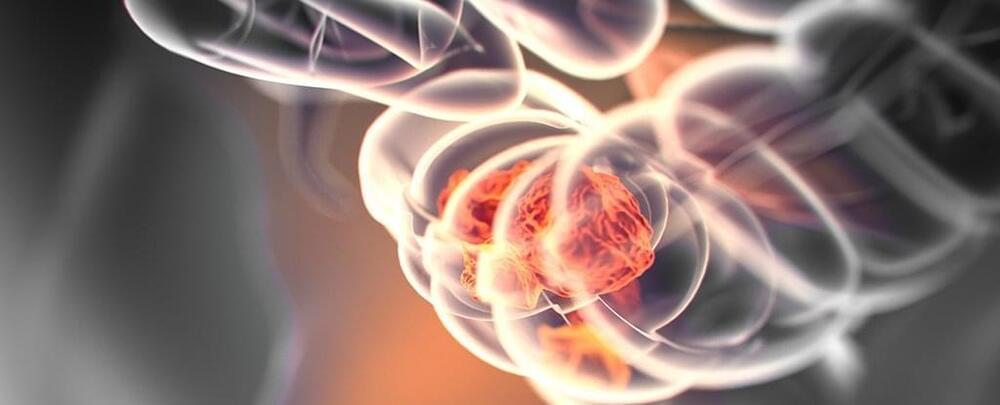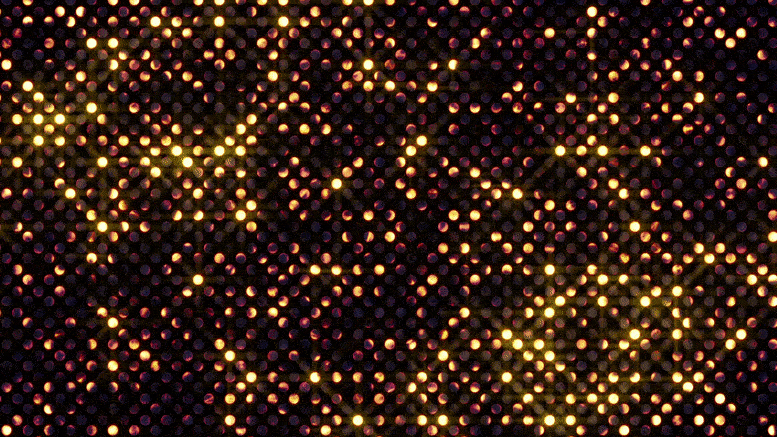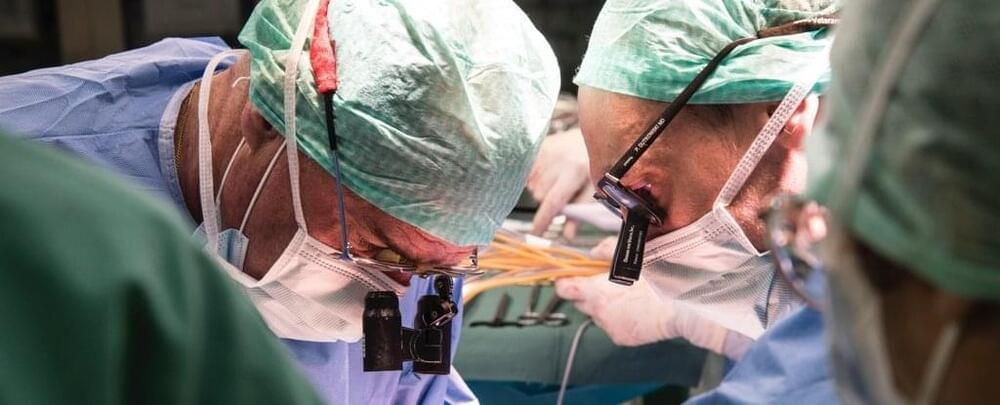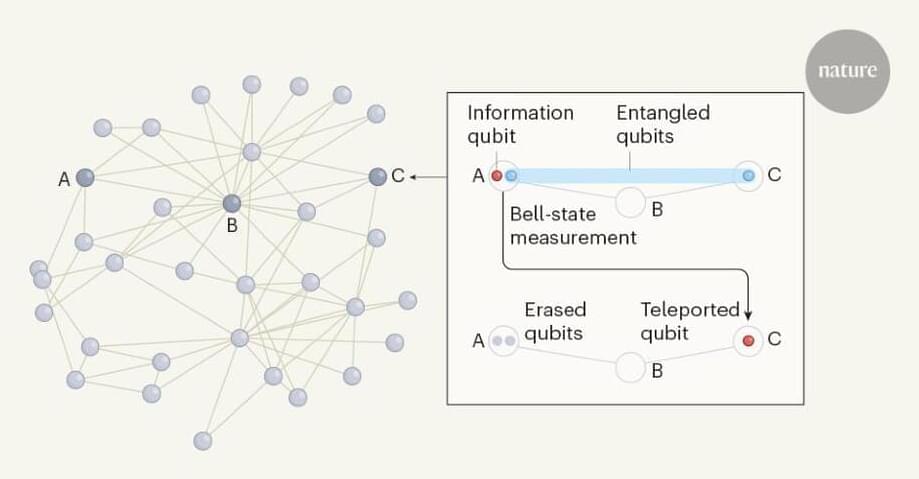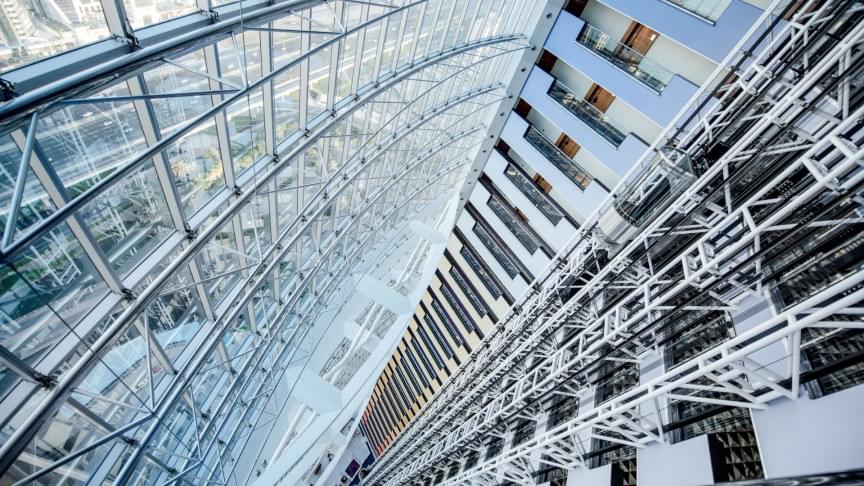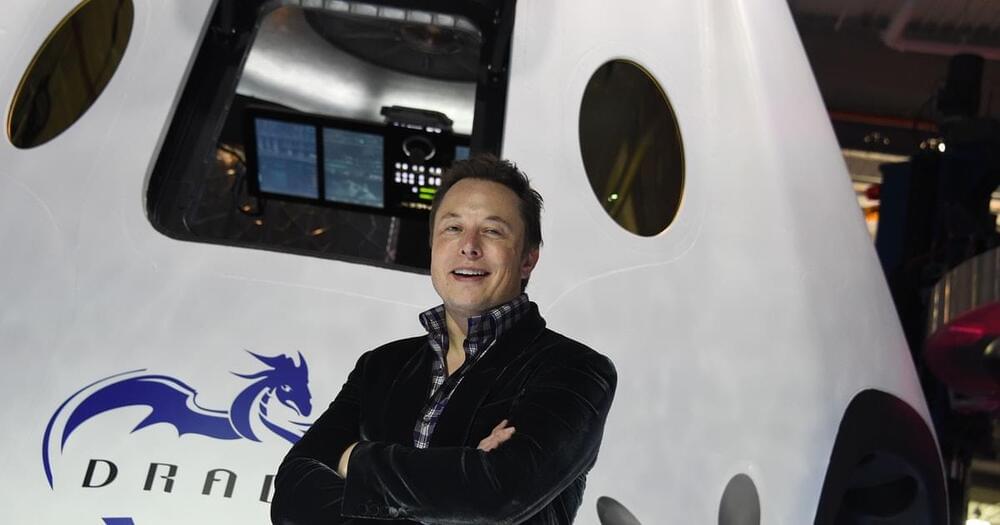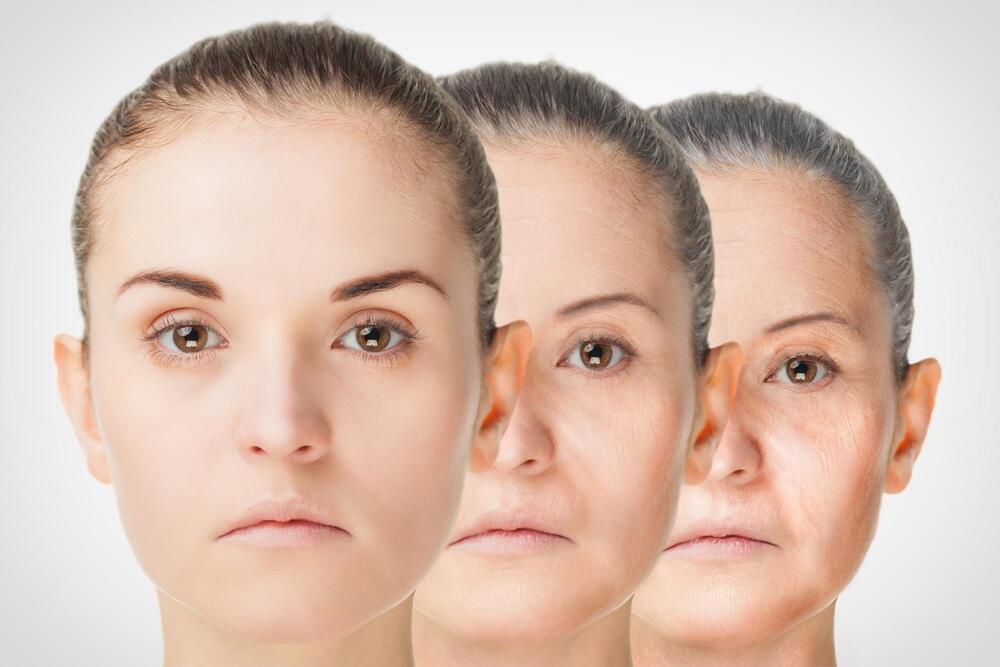
Supplementing your diet with the sea organisms Ascidiacea, also known as sea squirts, reverses some of the main signs of aging, according to a new study using an animal model.
While the Fountain of Youth, the mythical spring that restores youth to anyone who bathes in it or drinks its waters, is clearly fantasy, scientists are hard at work looking for ways to combat aging. Some of these scientists just had a breakthrough: they discovered that supplementing a diet with sea squirts, reverses some of the main signs of aging. While more research is needed to verify the effect in humans, as the study was conducted using mice, the findings are very promising.
If you’ve ever glanced in the mirror and seen greying hair and wrinkles, or if you’ve forgotten the name of a close friend, you may desire a medication that might halt or even reverse the effects of aging.
